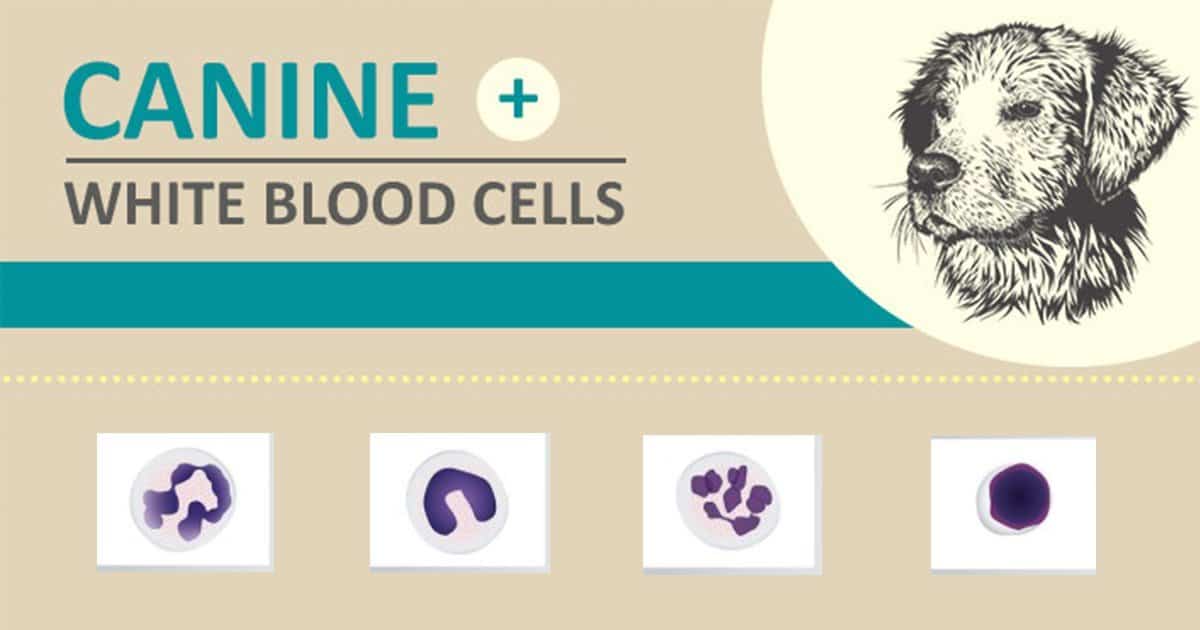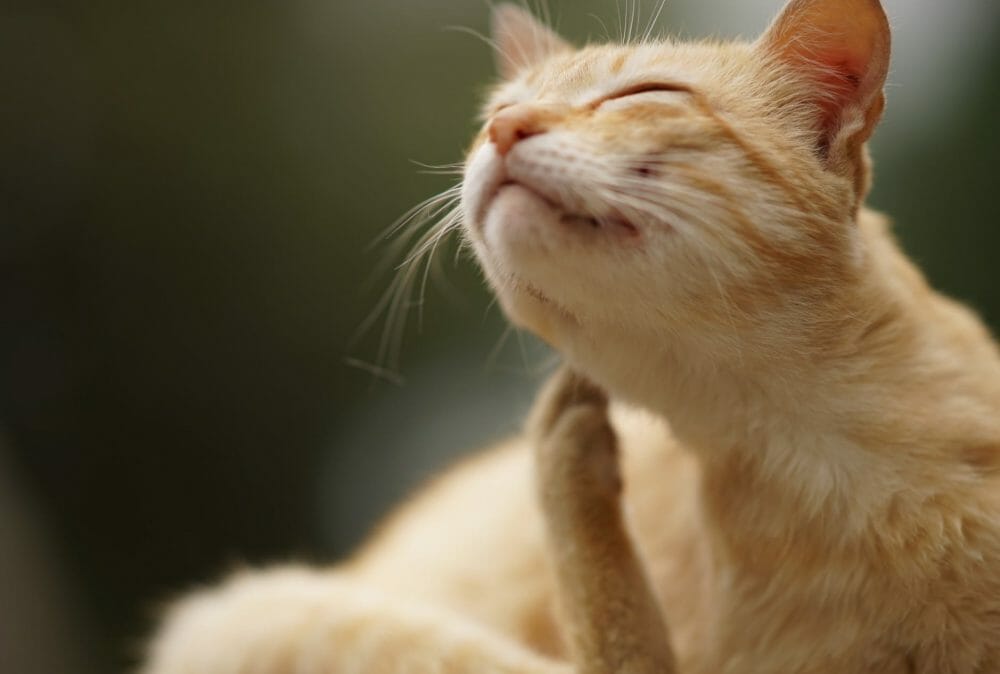The hemoglobin (molecules) within red blood takes this oxygen to cells that use the energy your furry friend’s body needs to perform activities (think playing with that ball of yarn, jumping to heights and watching birds from your porch). It may be a “small” mineral, but iron plays a vital role in keeping our feline’s healthy.

White Blood Cells Canine I Love Veterinary
Eating foods rich in 5 ingredients may help to increase your red blood cell count, including iron, folic acid, vitamin b12, copper, and vitamin a.

How to increase red blood cells in cats. Treating anemia in cats is usually specific, especially if your pet has an underlying condition. Kidney disease decreases the amount of erythropoietin the kidneys can make. Ensure your cat is getting all the nutrients he needs in his diet, and reduce the risk of blood loss by scheduling routine exams to have him checked for parasites and other health issues.
But it also carries with it specific enzymes that are. For this reason your feline may need to have an iron supplement to help boost its red cell count. A hormone called erythropoietin stimulates the body to make new red blood cells.
You will also want to include copper, vitamins b12, b6, b9, c, and e. Cats rarely can have too many red blood cells, which is called polycythemia erythrocytosis (polycythemia) in cats erythrocytosis (often referred to as polycythemia) is an increase in the number of red blood cells in the bloodstream. If a cat is dehydrated, the blood will be concentrated so the packed cell volume or hematocrit will be higher even though it is really an artifact of the dehydration, and when normal amounts of water are restored to the body, the numbers may change a great deal.
Red blood cells & your cat's health. Chemistry tests to evaluate kidney, liver and pancreatic function as well as sugar levels; Having too few red blood cells means the blood carries less oxygen, causing animals to be weak and fatigued.
For example, cats with traumatic injuries may need surgery or stitches, while cats with fleas need flea treatment. Attempting to alter your cat’s blood composition is not something to experiment with unless. If your cat has nonregenerative anemia, or has had blood loss from a wound, ask your vet if a medication like epoetin would be appropriate, or if some dietary therapy would be preferable.
It can be supportive, symptomatic, or both. In supportive treatment, your cat gets a blood transfusion. Red blood cells are also referred to as erythrocytes and carry oxygen to a cat’s tissues.
Electrolyte tests to ensure your cat isn’t. It moves the oxygen from the lungs onto the rest of the body and collects the carbon dioxide. Iron’s role in the health of cats.
Red blood cells (otherwise known as erythrocytes) carry oxygen to a cat’s tissues. And cats with chronic kidney disease may need a medication that helps boost production of red blood cells, in addition to supportive care and a special diet for their kidneys. A diet rich in iron will help increase the red blood cell count and even prevent their decrease over time.
Cats have millions of immune cells throughout their blood system, lymph nodes, lungs, liver, intestines, spleen. Treatment varies depending on the diagnosis. How to increase red blood cells in cats & prevent anemia because anemia in cats can have so many causes, it’s best to prevent it if possible.
The key to recovering from anemia is to identify and treat the disease process causing the anemia. What red blood cells do for cats. What do red blood cells do for cats?
In some cases, artificial erythropoietin supplementation is helpful in stimulating the creation of additional red blood cells, which effectively reduces anemia. A complete blood count to identify how anemic your cat is and including a reticulocyte count to identify if your cat’s body is responding to the anemia and making new red blood cells* a blood film to look for parasites and blood cell characteristics; If blood loss and/or shock have led to a severe reduction in blood volume and in the supply of blood to tissues, a medicating solution called ringer’s may be injected.
What are good sources of iron for cats? However, your cat may need to have its exercise restricted to a minimum, and occasional transfusions may be required. Red blood cells are also called erythrocytes, and they move oxygen to your cat’s tissues.
This is because hemoglobin is supercharged with iron. Erythropoietin is a naturally occurring hormone that dictates the production of red blood cells in your pet's body. Lifestyle changes may also help to increase your red blood cell count, such as getting regular exercise.
Increasing your cat’s red blood cells. The bone marrow is where new red blood cells are made. If the pcv is below 25%, the cat is anemic.
Hemoglobin are molecules that carry the oxygen within red blood to cells, which then use the energy the. Ensure your cat is getting all the nutrients he needs in his diet, and reduce the risk of blood loss by scheduling routine exams to have him checked for parasites and other health issues. This hormone is made by the kidneys.
For example, blood parasites such as haemobartonella will trigger the immune system to destroy red blood cells and hence cause anemia. Treat the parasite and the trigger is removed, allowing the body to regenerate and replace the lost red blood cells. Several tests are performed on blood samples to diagnose anemia.
As we mentioned earlier it is the main “ingredient” that helps boost hemoglobin (blood) along with copper. Any disease affecting the bone marrow can cause anemia. How to increase red blood cells in cats & prevent anemia because anemia in cats can have so many causes, it’s best to prevent it if possible.
These tests are often performed as part of a complete blood cell count (cbc). The most common test to diagnose anemia is the packed cell volume (pcv), also called the hematocrit. These start out in the bone marrow and detach to travel and mature throughout the bloodstream and tissues.
Hemoglobin are molecules that take the oxygen within red blood cells to cells, where the energy the body needs to perform activities is then used.